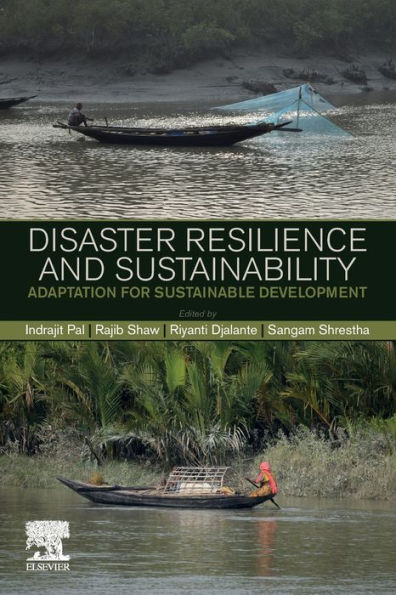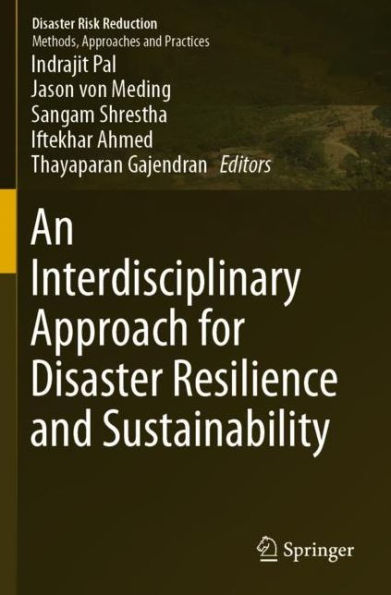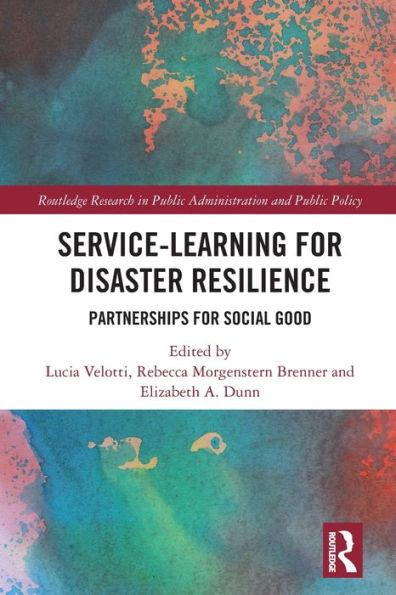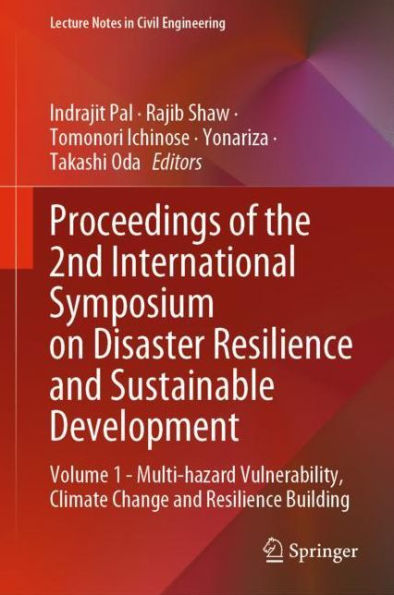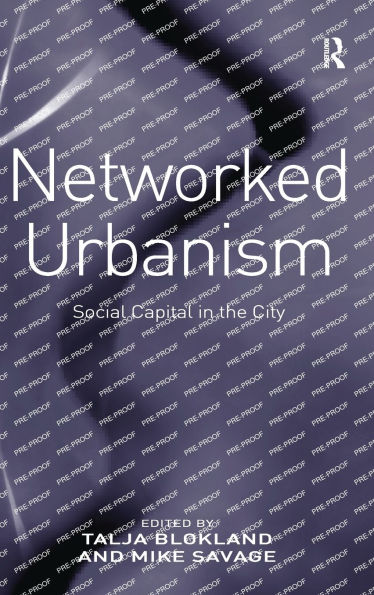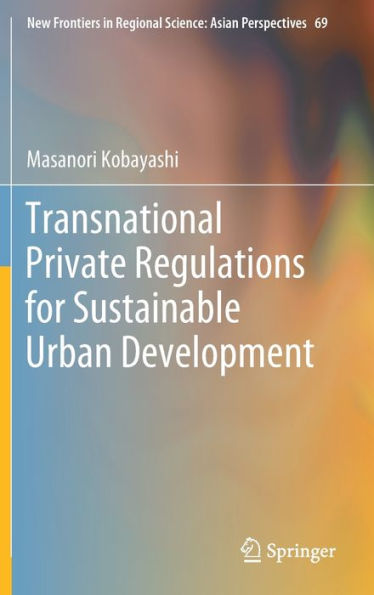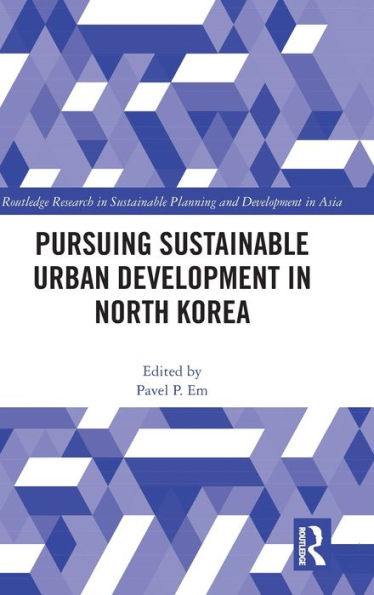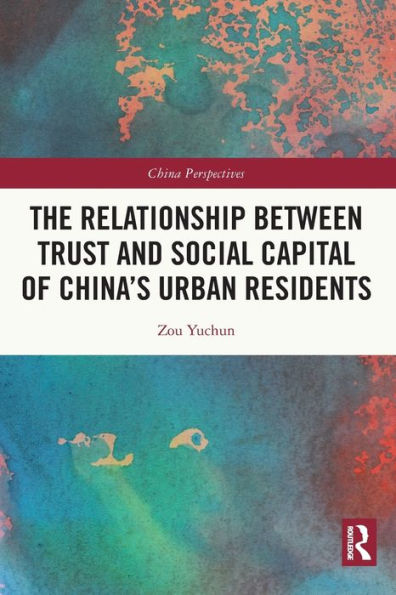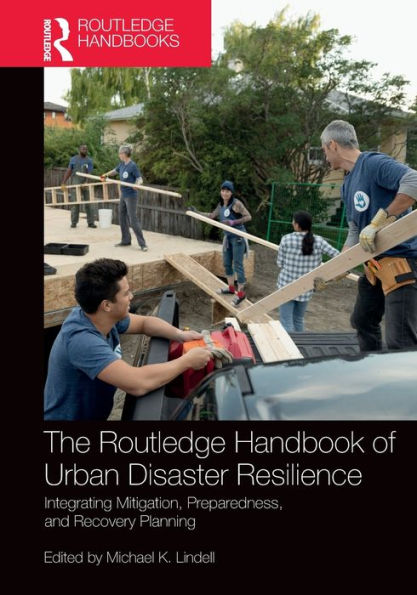Home
Disaster Resilience and Sustainability: Japan's Urban Development Social Capital
Barnes and Noble
Disaster Resilience and Sustainability: Japan's Urban Development Social Capital
Current price: $66.99
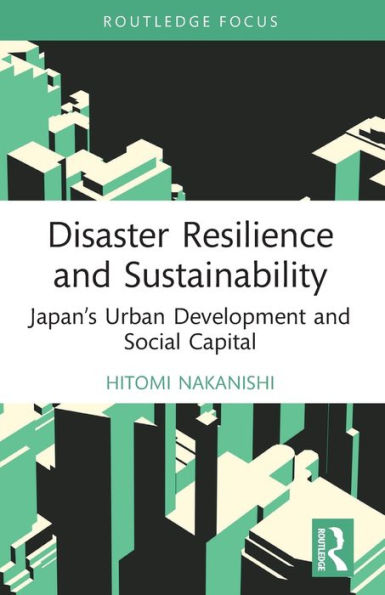

Barnes and Noble
Disaster Resilience and Sustainability: Japan's Urban Development Social Capital
Current price: $66.99
Size: Hardcover
Loading Inventory...
*Product information may vary - to confirm product availability, pricing, shipping and return information please contact Barnes and Noble
This book examines urban planning and infrastructure development in Japanese cities after the second world war as a way to mitigate the risks of disasters while pursuing sustainable development. It looks at the benefits of social capital and how communities organise to tackle problems during the recovery phase after a disaster. The book also illustrates with case studies to highlight community attitudes which improve recovery outcomes.
The book underlines challenges such as ageing and depopulation which Japan would face should the next disaster occur. These demographic shifts are causing difficulties among neighbourhood associations at a time when communities need to effectively support each other. Nakanishi explains why overcoming these societal issues is imperative for sustainability and the need for a comprehensive approach which would integrate smart technology.
This book will be of interest to scholars in city development and planning, urban studies and human geography, as well as those interested in building resilient communities.
The book underlines challenges such as ageing and depopulation which Japan would face should the next disaster occur. These demographic shifts are causing difficulties among neighbourhood associations at a time when communities need to effectively support each other. Nakanishi explains why overcoming these societal issues is imperative for sustainability and the need for a comprehensive approach which would integrate smart technology.
This book will be of interest to scholars in city development and planning, urban studies and human geography, as well as those interested in building resilient communities.
